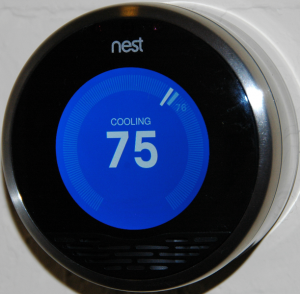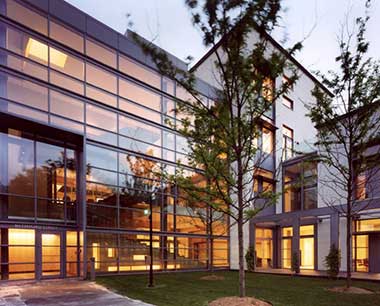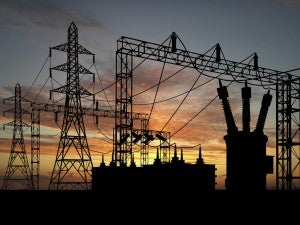This post has been updated since its original publication on June 11th, 2015.
Here at Environmental Defense Fund (EDF), we love win-win solutions. This is why we’re big fans of time-of-use (TOU) electricity pricing (a type of time variant electricity pricing). As I’ve written before, TOU pricing better reflects the true cost of electricity, which fluctuates throughout the day. What’s more, it brings with it significant benefits for the environment, electric reliability, and people’s wallets. By empowering customers to better control their energy bills and reduce our reliance on fossil fuels, everyone wins with TOU pricing.
Thankfully, the California Public Utilities Commission (CPUC) included TOU pricing as one of the key elements in their plan to reform residential electricity rates. But how and what Californians pay for electricity – the best way to structure rates – is currently up for debate at the CPUC.
The CPUC issued its proposed decision on restructuring California’s residential rates and moving customers to TOU rates in the new structure, which EDF strongly supports as an evolutionary leap forward. Subsequently, Commissioner Mike Florio issued an alternate proposed decision that nudges the current tiered rate system forward with a time-variation “adder.” Unfortunately, Florio’s alternate proposal amounts to more of a tune-up than the substantial overhaul required to prepare for a future grid that runs on carbon-free renewables, like wind and solar, and also powers our cars, trucks, trains, and boats.















